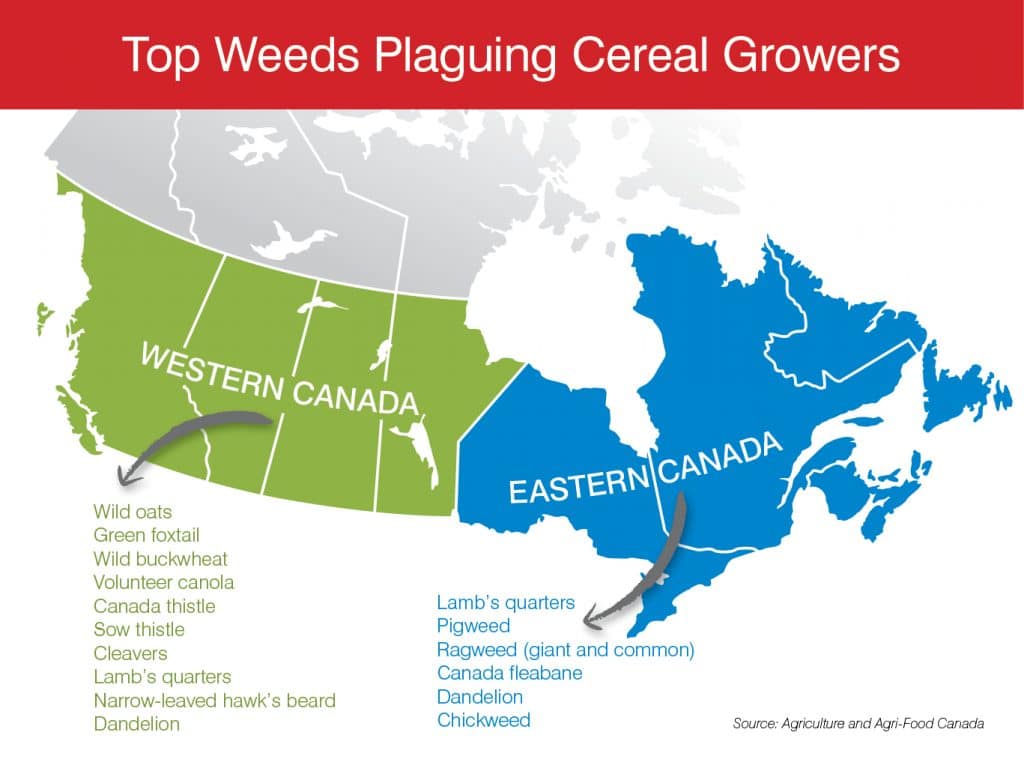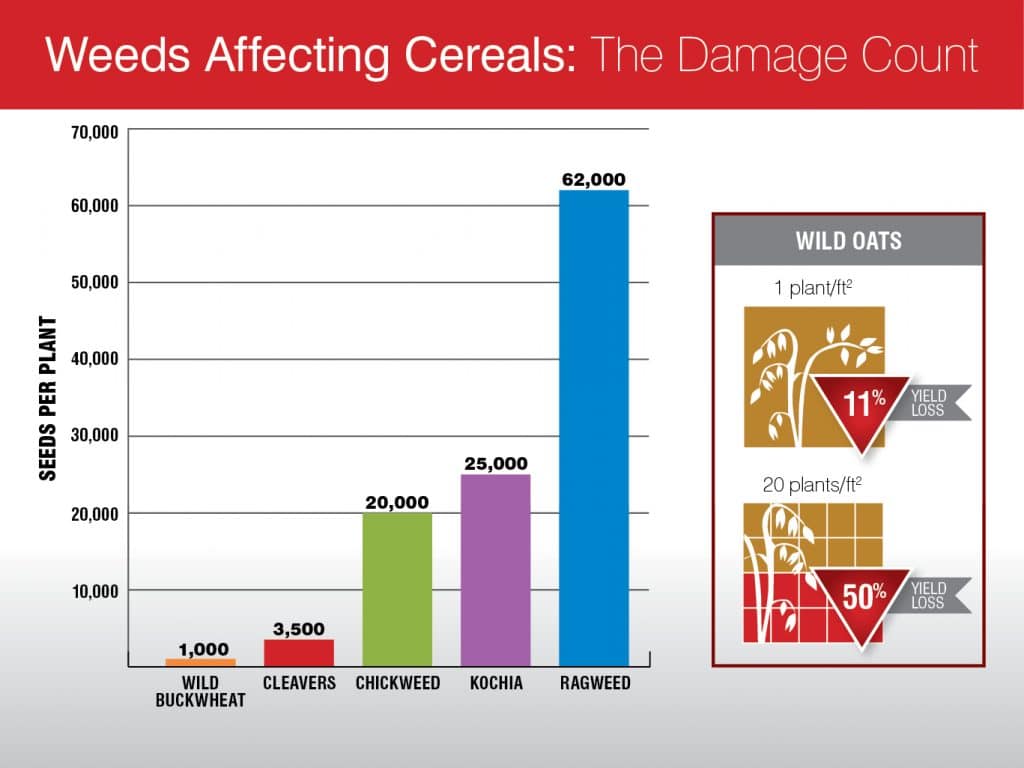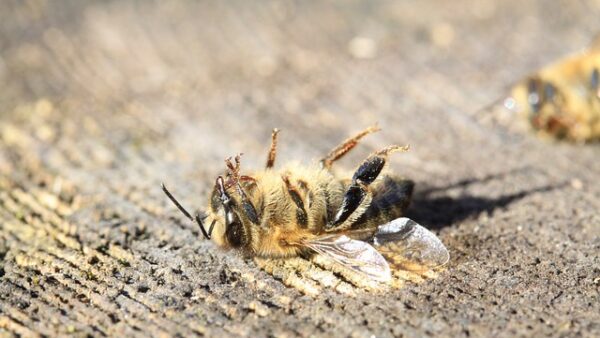Another growing season upon us, and with it comes several considerations in managing weeds, spraying herbicides, and delaying herbicide resistance.
Canada is No. 3 in the world for herbicide resistance, behind Australia (No. 1) and the United States (No. 2). Once a weed develops resistance in those parts of the world, it’s bound to appear in Canada next, notes James Ferrier, technical services manager for Nufarm in Eastern Canada.
Effective weed control is especially important considering the number of seeds a single weed can produce and spread throughout the season — and more so, the implications if those seeds are from a resistant weed.
Fortunately for cereal growers, there’s some key strategies growers can employ to reduce their risk of developing major herbicide resistance issues in their fields, according to the experts.
Mix Your Modes
“Cereal crops give an opportunity to mix herbicides with other modes of action you typically wouldn’t with other major crops like soybeans,” Ferrier says.
Graham Collier, Nufarm technical services manager for Western Canada, notes that Group 4 and 6 herbicides are the least riskiest modes of action, because very few weeds in Canada are resistant to them right now. The herbicide group that presents the most risk? Group 2.
“It all comes down to ratio”, Collier explains. “With a Group 2 herbicide, one out of every 100,000 weeds in a given field will be resistant. With Groups 4 and 6, only one out of every 100 million weeds will have resistance.”
Collier says it’s very important that growers understand that herbicide resistance is not “created”. Instead, growers are simply selecting for it every time they apply herbicides to their land.
“A certain number of weeds in any given field will have resistance already. If you’re applying a herbicide that they’re resistant to, you’re simply killing off the non-resistant weeds, which means the resistant ones are surviving and multiplying,” Collier says. “That’s why, eventually, a herbicide that once worked like a charm no longer works on that field at all.”
That’s why it’s essential to use at least two modes of action, Collier notes, but stresses that resistance to those two modes of action must not be present in that field.
“If I use a Group 2 and 4, but already have Group 2 resistance in that field, I’m essentially only using one mode of action,” he says. While Group 2 herbicides are still a viable option, he cautions growers to be careful to ensure they’re not using a Group 2 where weeds are already resistant to it. That’s why Group 4 and 6 herbicides make a good combination.
Do a Preseed Burndown
A pre-seed burndown with an appropriate product is also an increasingly common way of controlling weeds early before the crop germinates.
This is a viable option for spring cereals and not winter ones, Ferrier notes, but it’s spring cereal crops that are often the most vulnerable to herbicide resistant weeds.
“Spring wheat, oats and barley have a tougher time fighting weeds in the field mainly because winter wheat gets a chance to establish in the fall before the weeds are there,” he says. “Often, spring cereals are germinating at the same time as annual weeds, which makes them vulnerable.”
But considering there’s far more spring wheat seeded in Western Canada compared to winter wheat, Collier adds that wheat farmers especially should be on the lookout this spring and take appropriate action. All it takes is one herbicide resistant plant to spread its seeds to make the problem of herbicide resistance worse in a given field, he notes.
“If you had 100 kochia plants in a field and you got rid of 99, but the one left over was resistant to a certain herbicide group, next year the entire population of kochia in that field will come from that plant biotype — meaning the problem just got a whole lot more serious,” he says.












